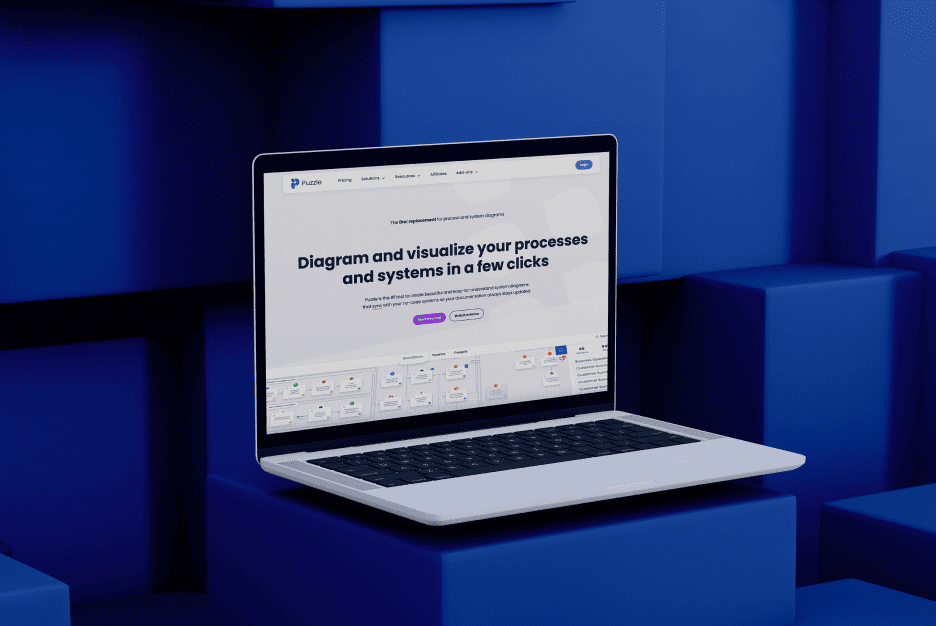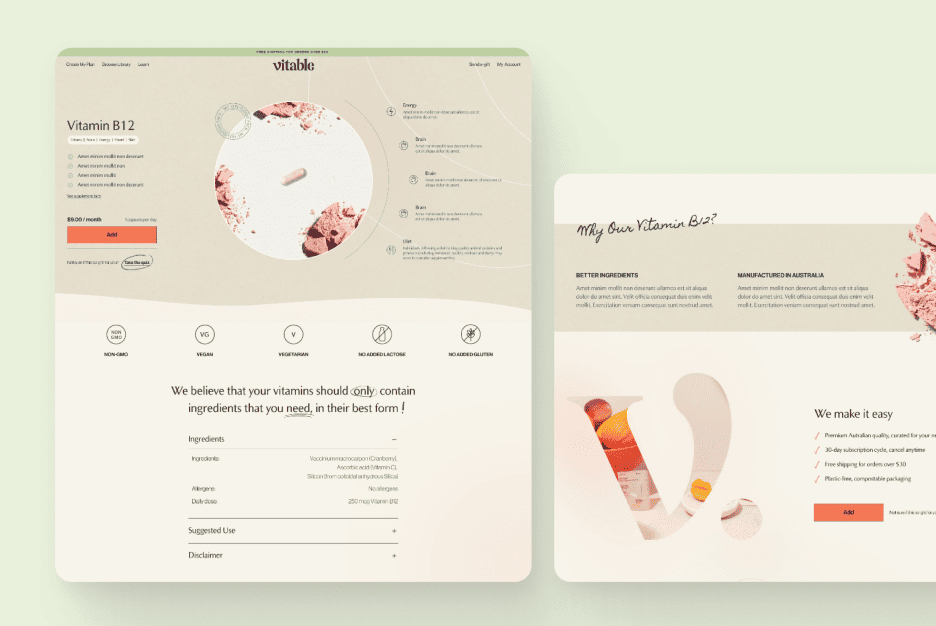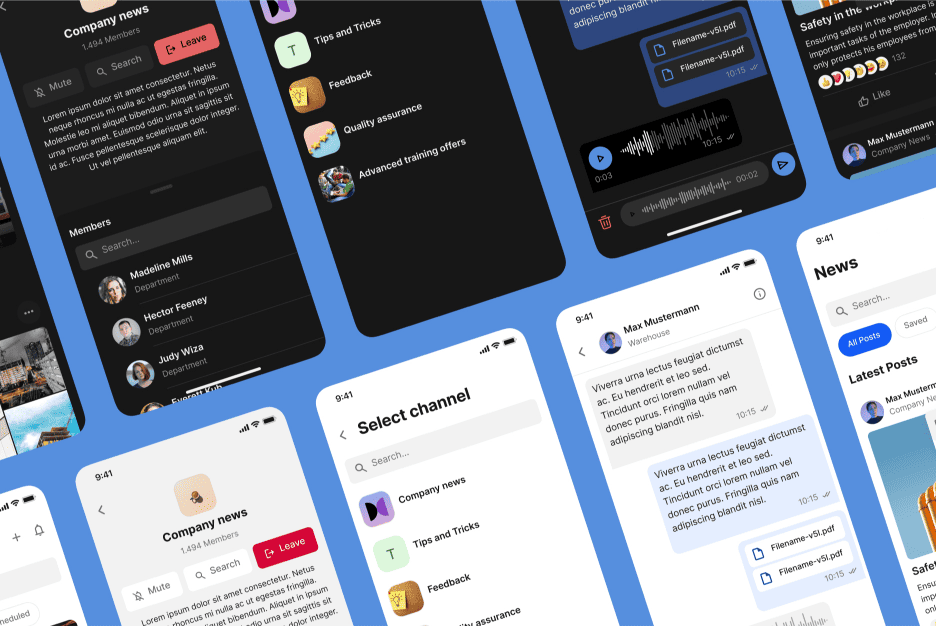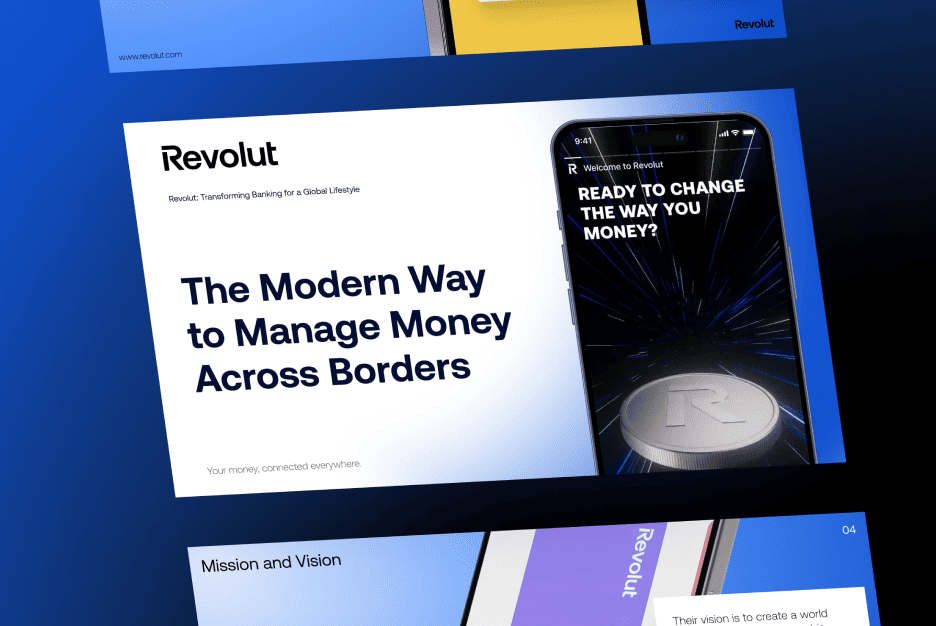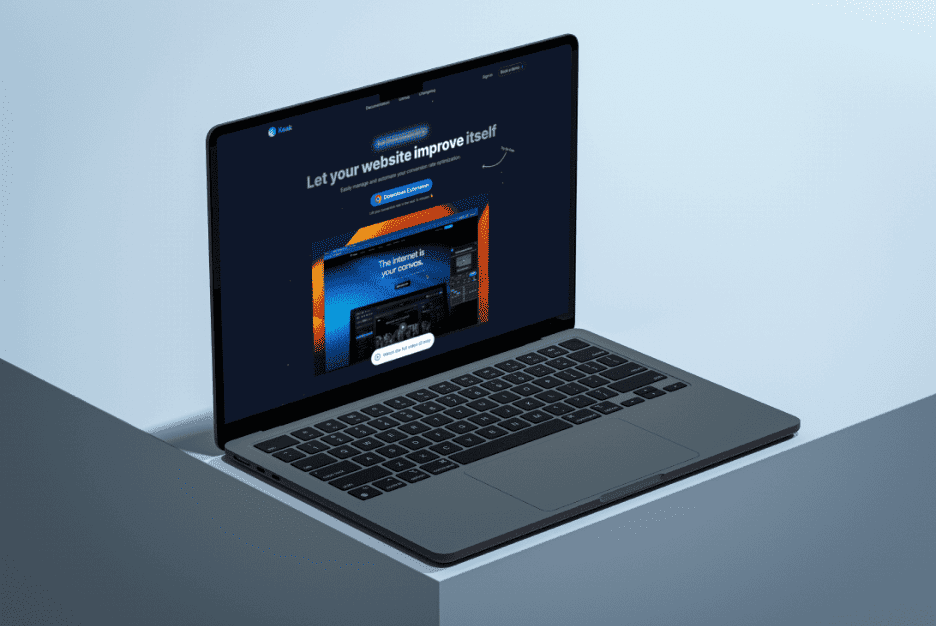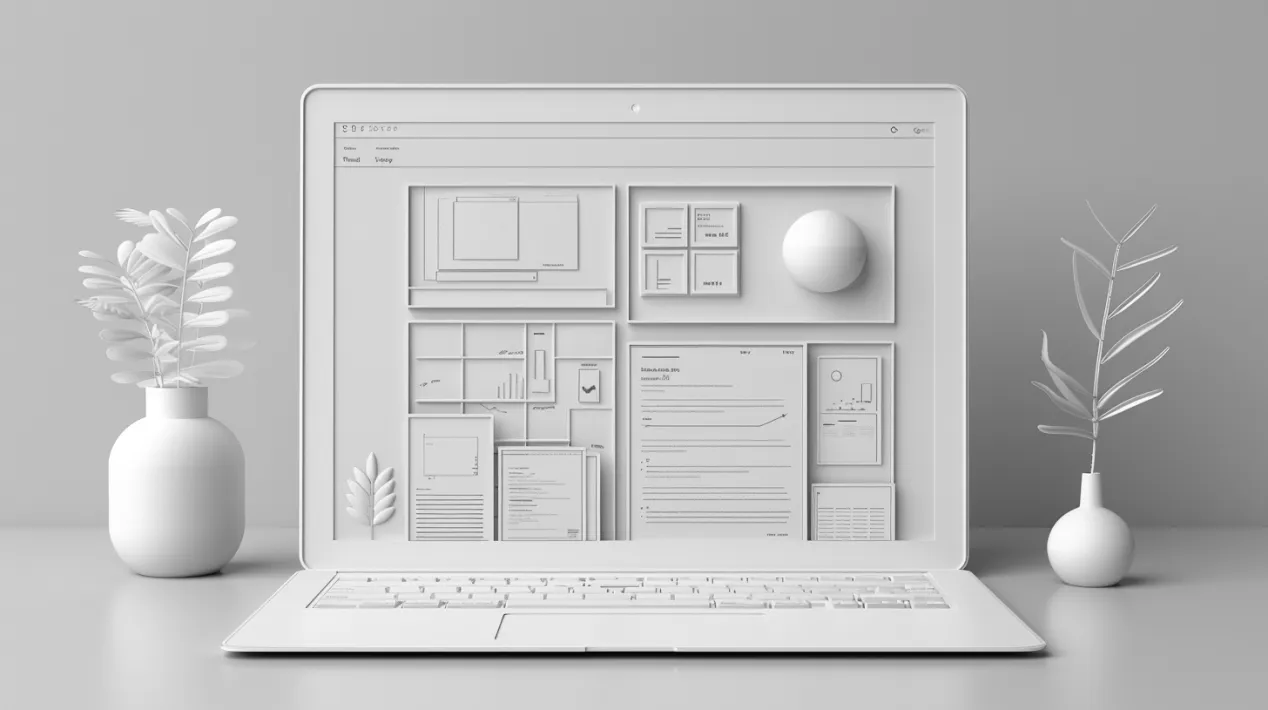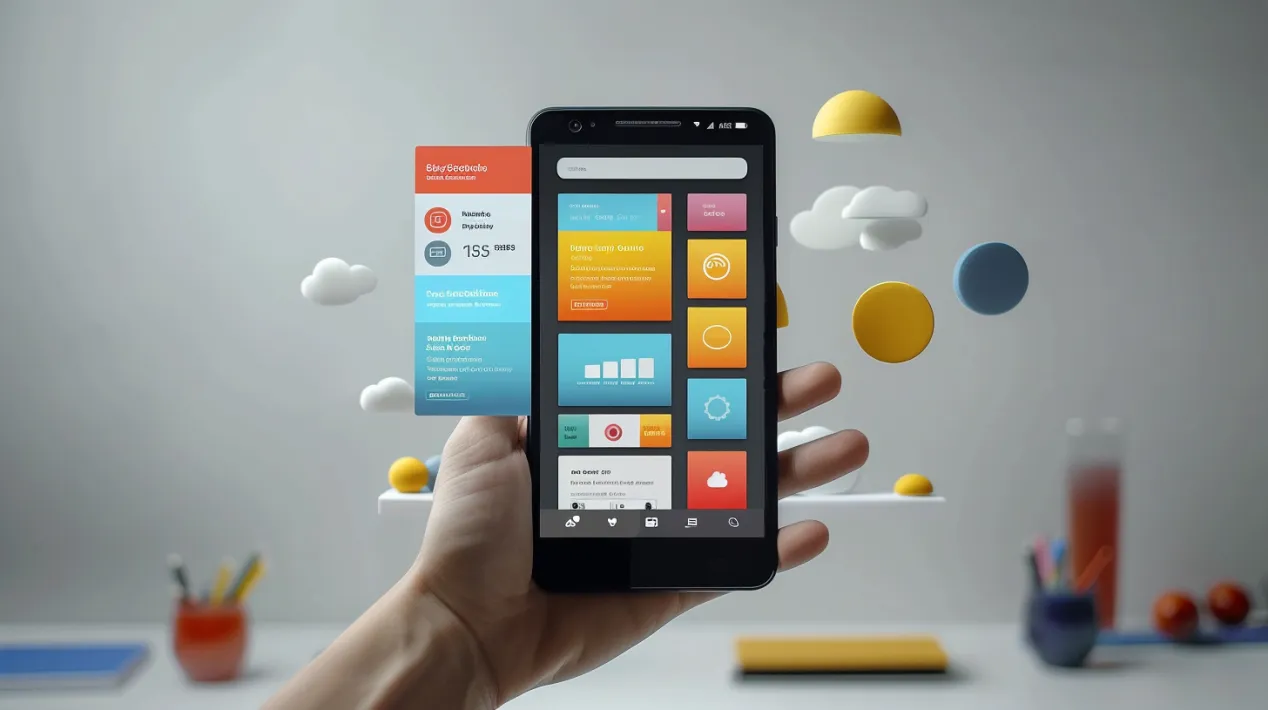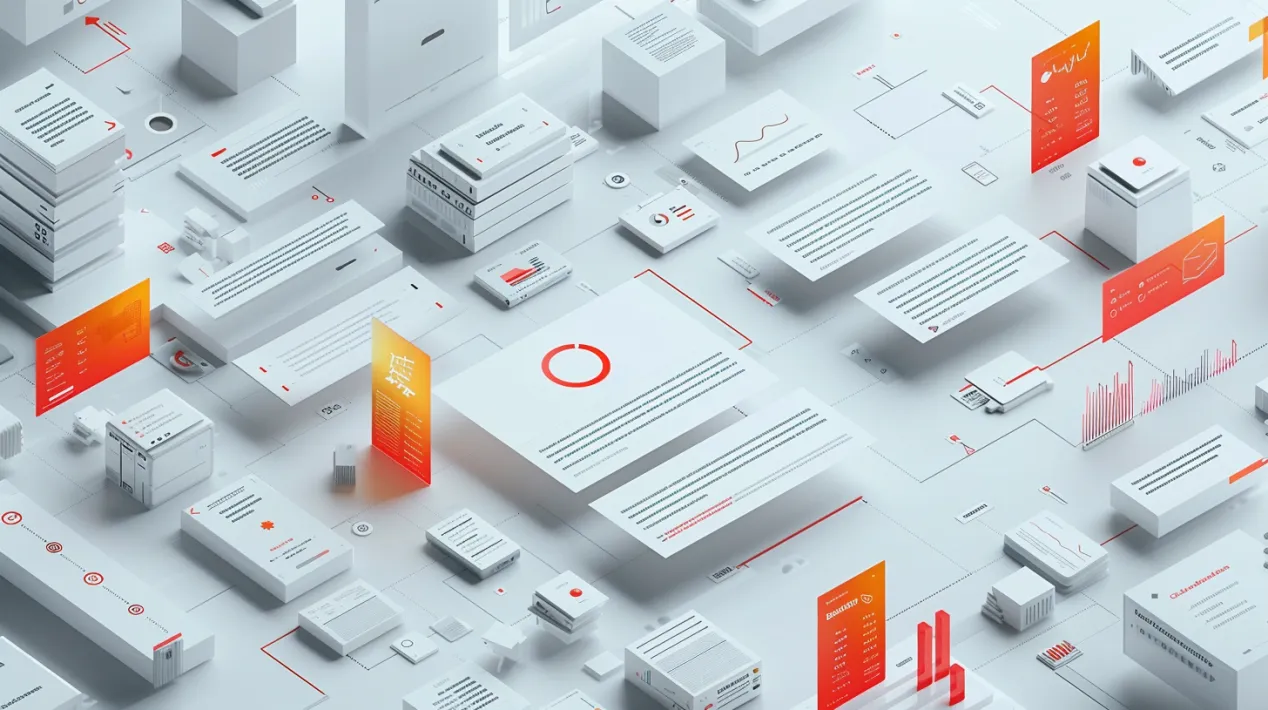In the bustling digital landscape of 2025, achieving online success is no longer just about having a visually captivating website—it’s about creating a seamless synergy between web design and search engine optimization (SEO). As competition for digital visibility intensifies, businesses must craft websites that not only look stunning but also rank high on search engines, driving organic traffic and conversions. At Almax Agency we’ve witnessed how blending these disciplines can transform a site from a mere digital placeholder to a traffic-generating powerhouse. Let’s dive deep into the key factors shaping this fusion in 2025, offering detailed insights and actionable strategies to help you optimize both design and discoverability—while keeping your budget in check.
Design Aesthetics That Boost Crawlability and User Retention
A website’s visual appeal is often the first thing users notice, but in 2025, design choices play a pivotal role in SEO performance. Clean, intuitive layouts—such as minimalist grids crafted in Figma—enhance user experience (UX), reducing bounce rates, which Google considers a key ranking signal. According to Search Engine Journal, websites with user-friendly designs see a 20% increase in dwell time, a metric that signals quality content to search engines. However, there’s a catch: overly complex designs, like heavy animations or unoptimized images, can slow down load times. Hostinger reports that 53% of users abandon a site if it takes longer than 3 seconds to load, directly impacting SEO rankings and user retention.
Optimizing these design elements for crawlability isn’t cheap—it can add 30–70 hours of development time, depending on the complexity of the site. For example, compressing images without losing quality or implementing lazy loading for animations requires both design finesse and technical expertise. The cost varies with the scope, but the payoff is worth it: a 1-second improvement in load time can boost conversions by up to 7%, per WebFX. To balance aesthetics and SEO, as we discuss in our article Pre-Made WordPress Themes Seem Cheap—Here’s Why They Could Cost You More.
Mobile-First Design: The SEO Imperative of 2025
With mobile traffic accounting for 64.25% of global website visits in 2025, as reported by Statista, mobile-first design has become a non-negotiable SEO cornerstone. Google’s mobile-first indexing means your site’s mobile version is the primary factor in determining its ranking. Responsive layouts, built with tools like Webflow, ensure seamless functionality across devices, meeting Google’s Core Web Vitals standards for user experience. Metrics like Largest Contentful Paint (LCP) and Cumulative Layout Shift (CLS) are now critical, with sites passing these tests ranking 15% higher, according to VWO.
Achieving mobile-first excellence requires meticulous testing across various screen sizes and devices, which can add 40–80 hours of development time to a project. For instance, ensuring a navigation menu collapses properly on a 5-inch smartphone screen while remaining intuitive on a tablet involves iterative adjustments. Additionally, mobile designs must prioritize touch-friendly elements—like larger buttons and simplified forms—to enhance usability. The cost of neglecting this? A potential 20% drop in mobile conversions, as noted by WebFX. To keep expenses manageable, focus on a mobile-first prototype from the start, a strategy we explore in our post Mobile App Onboarding: Best Practices for a Smooth Start, aligning design with SEO priorities early.
Content Structure: Where Design and SEO Dance Together
Content remains the king of SEO, but how it’s presented on your site—the crown—can make or break its effectiveness. In 2025, search engines prioritize sites with well-structured content, leveraging proper heading hierarchies (H1, H2, H3), descriptive alt text for images, and schema markup for rich snippets. A visually appealing design that integrates these elements—like a clear hierarchy crafted with Figma’s component systems—amplifies keyword-rich content’s impact, boosting organic rankings. WebFX highlights that sites with structured data see a 25% increase in organic traffic, as search engines better understand and index the content.
However, aligning design with SEO isn’t always straightforward. A beautifully designed layout that buries key content below the fold or lacks proper tagging can require 20–50 hours of rework to embed SEO elements effectively. For example, redesigning a blog page to include keyword-optimized H2s and accessible image alt text might involve both a designer and an SEO specialist, adding to the timeline. The solution? Integrate SEO requirements during the design phase, ensuring elements like typography and spacing enhance readability for both users and crawlers. Our article Good Body Text Fonts for Modern Apps dives into how font choices can improve readability, a dual win for design aesthetics and SEO performance.
Technical SEO: The Invisible Backbone of Design Efficiency
Behind every stunning website lies the unsung hero of technical SEO, a critical yet often overlooked cost driver in 2025. Elements like site speed, server response times, XML sitemaps, and proper redirects are foundational for search engine rankings, but they require careful integration during the design and development process. For instance, optimizing server-side rendering for an AI-enhanced site or compressing CSS and JavaScript files can add 50–100 hours of work, depending on the site’s complexity. DesignRush notes that 70% of consumers expect pages to load in under 2 seconds, pushing teams to streamline assets from the get-go.
The stakes are high: a mere 1-second delay in load time can reduce conversions by 7%, as per WebFX, making technical SEO a non-negotiable investment. Beyond speed, technical SEO includes ensuring clean URL structures (e.g., /blog/web-design-seo vs. /page123), proper canonical tags to avoid duplicate content, and mobile usability fixes—all of which enhance a site’s crawlability. These tasks often require collaboration between developers and SEO specialists, adding layers to the project timeline. To manage costs, prioritize technical SEO audits early in the design phase, as we discuss in our post Landing Pages That Work: Animation, Structure and Successful Cases, which can streamline design decisions for better SEO outcomes.
Ongoing Optimization: The Long-Term SEO-Design Partnership
Web design and SEO are not a one-and-done deal—they’re a long-term partnership that evolves with trends and algorithms. In 2025, ongoing optimization is essential to maintain both aesthetic relevance and search engine rankings. This includes regular content updates, design refreshes to align with user expectations, and adjustments to meet new SEO standards, such as Google’s evolving focus on user intent. Industry estimates from Hostinger suggest that ongoing maintenance and optimization can cost 10–15% of the initial build annually. For a $10,000 website, that’s $1,000–$1,500 per year, a recurring expense that ensures your site stays competitive.
The benefits of this investment are clear: WebFX reports that sites with consistent optimization efforts see a 14% boost in organic traffic over time. For example, updating a homepage banner to reflect seasonal trends while optimizing meta descriptions for new keywords can drive both user engagement and search visibility. However, without a plan, these updates can spiral into unplanned costs. A cost-effective strategy is to negotiate phased updates—focusing on high-impact areas like content and speed first—while keeping design fresh.
Cultural Adaptation Meets Localized Keyword Strategies
As businesses expand globally in 2025, cultural adaptation in web design intersects with SEO in ways that significantly impact costs and performance. A website targeting a Japanese audience might need to incorporate kanji-rich content and minimalist aesthetics, while a Middle Eastern version requires Arabic keywords and right-to-left layouts. Each localized version demands targeted SEO research—think region-specific keywords, cultural search intent, and local backlink strategies—which can add 30–60 hours per market. Statista highlights that 60% of global searches are conducted in languages other than English, making localized SEO a necessity for international reach.
This dual focus on cultural design and SEO can be a budget challenge, especially when optimizing for multiple regions. For instance, a site serving both Dubai and Copenhagen might require distinct keyword strategies—luxury-focused terms for the Middle East and sustainability-driven phrases for Scandinavia—alongside tailored design elements. The key to managing costs is to integrate cultural keyword research during the design phase, avoiding costly retrofits later.
Voice Search Optimization: The New SEO-Design Frontier
Voice search is reshaping SEO in 2025, with Statista reporting that 50% of searches are now voice-based, thanks to devices like Alexa and Google Home. This trend impacts both design and SEO strategies, as voice queries favor conversational, long-tail keywords (e.g., “best minimalist web design in Warsaw” vs. “web design”). Designing for voice search means structuring content to answer these queries directly—think FAQ sections, concise snippets, and natural language headings—while ensuring the site’s design highlights this content visually.
From a design perspective, voice search optimization requires layouts that prioritize scannable content, such as bullet points or featured snippets, which can add 20–40 hours of design and SEO work. For example, redesigning a service page to include a “Voice-Friendly FAQ” section might involve both a UX designer and an SEO specialist to ensure the content is both visually appealing and search-optimized. The payoff? Voice-optimized sites see a 30% increase in query-driven traffic, per VWO. To keep costs manageable, focus on high-traffic pages first, as we discuss in our article The Power of Color Palette in Web Design, blending emotional engagement with SEO functionality.
Talent and Tools: The Budget-SEO Nexus in 2025
The expertise required to merge web design and SEO—UI/UX designers proficient in Figma, developers optimizing for speed, and SEO specialists—comes with a cost influenced by 2025’s talent market. VWO estimates a 15% rise in demand for SEO specialists this year, driving up rates in tech hubs like Silicon Valley, while regions like Eastern Europe, including Warsaw, offer a balance of quality and affordability. Additionally, tools like Webflow streamline design-to-development workflows, but mastering them adds training costs, often 10–20 hours per team member.
For example, a mid-sized project might require a designer to spend 30 hours on Figma wireframes, a developer to allocate 50 hours for Webflow implementation, and an SEO specialist to invest 40 hours in keyword optimization and technical audits. These overlapping roles can increase expenses, especially if revisions are needed to align design with SEO goals. The insider tip? Invest in a versatile team with a proven track record of integrating design and SEO, ensuring efficient collaboration that keeps your budget on track.
Performance Tracking: Measuring Design-SEO ROI
In 2025, tracking the ROI of your design-SEO efforts is crucial for justifying ongoing investments, yet it’s a cost often overlooked. Tools like Google Analytics, Search Console, and heatmapping software (e.g., Hotjar) require setup and analysis time—typically 20–40 hours initially, with 5–10 hours monthly for monitoring. These tools reveal how design changes (e.g., a faster load time) impact SEO metrics (e.g., organic traffic), providing data to refine strategies. DesignRush notes that sites with data-driven optimizations see a 20% higher conversion rate, making this investment worthwhile.
For instance, a redesigned homepage with improved navigation might increase user sessions by 15%, while an SEO tweak to meta descriptions could boost click-through rates by 10%. Tracking these metrics ensures you’re getting bang for your buck, but it requires ongoing effort. To manage costs, focus on key performance indicators (KPIs) like organic traffic and bounce rate, setting up automated reports to minimize manual work. This data-driven approach ensures your design and SEO efforts deliver measurable results without straining your budget.
The Future of Design-SEO Synergy: AI and Beyond
Looking ahead, AI is revolutionizing the design-SEO synergy in 2025, introducing new opportunities—and costs. AI tools can auto-generate design layouts based on user behavior or predict SEO trends, but implementing them requires 50–100 hours of integration and testing. For example, an AI-driven design tool might suggest a layout optimized for dwell time, while an SEO AI could recommend keywords based on real-time search data. Search Engine Journal predicts that 40% of businesses will adopt AI for SEO by the end of 2025, driving a 25% increase in traffic for early adopters.
However, AI integration demands both upfront investment and ongoing refinement, as algorithms evolve. The cost-saving strategy? Start with AI for high-impact areas, like content optimization or user behavior analysis, then scale as ROI justifies. This forward-thinking approach ensures your site stays ahead of the curve, blending design innovation with SEO precision.
Almax Agency Elevates Your Strategy
For those aiming to maximize ROI in 2025, a free consultation with Almax Agency can map out a strategy that harmonizes design and SEO, keeping your budget intact. Ready to elevate your digital presence? Contact us today to start crafting a site that not only shines but also ranks at the top.


